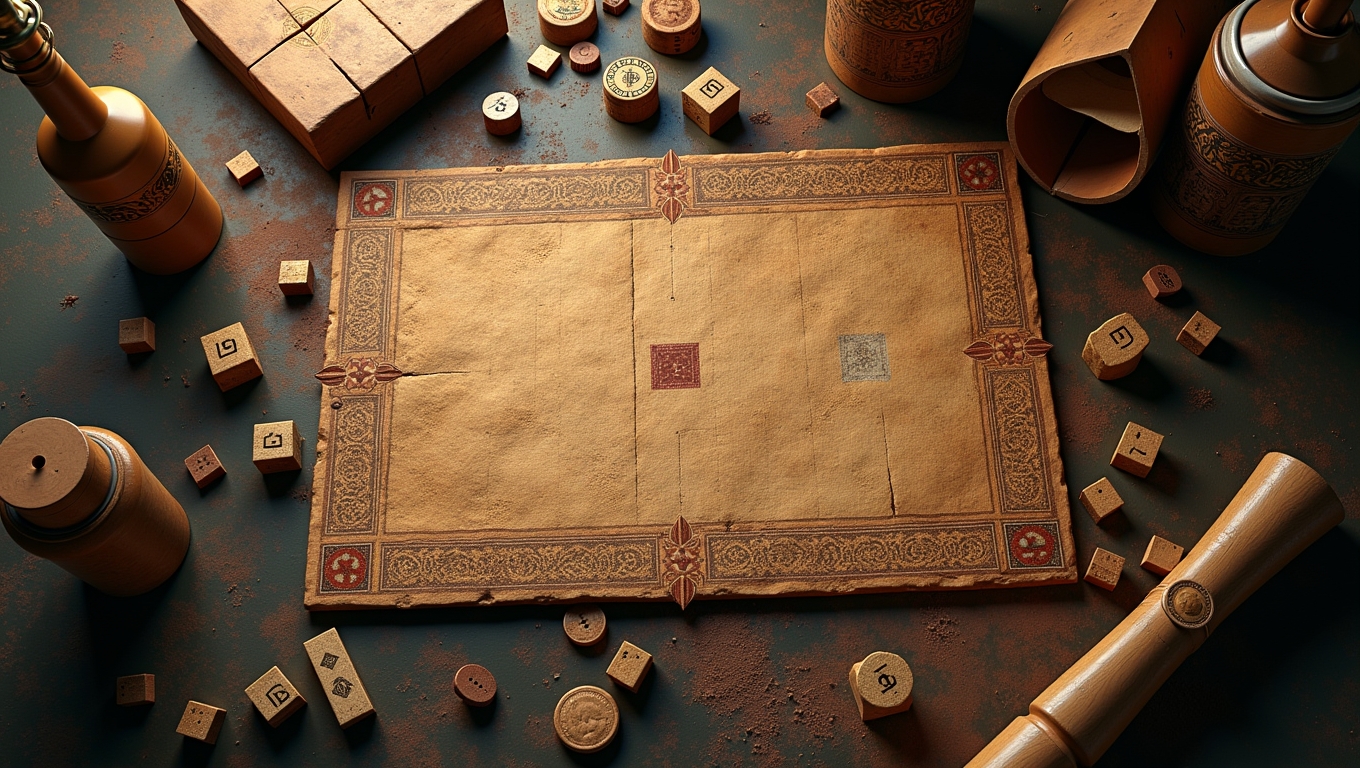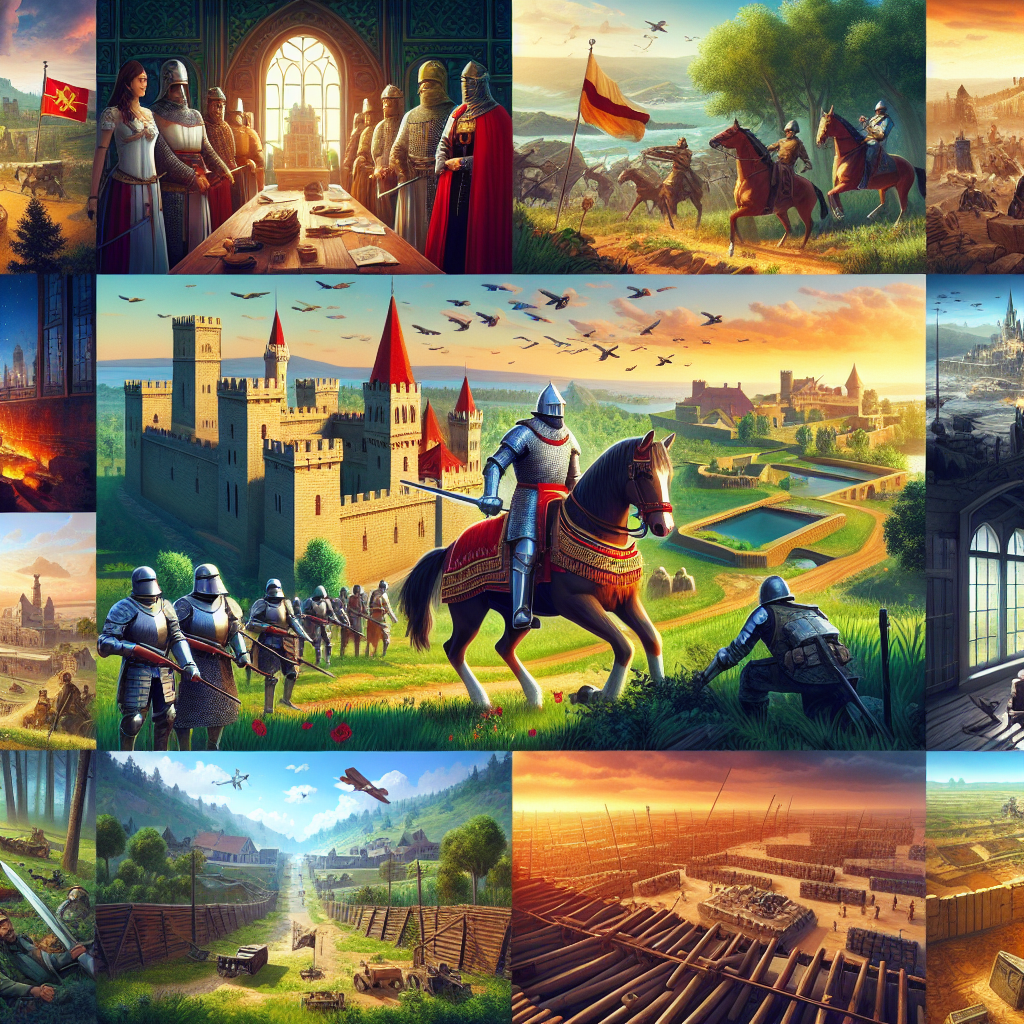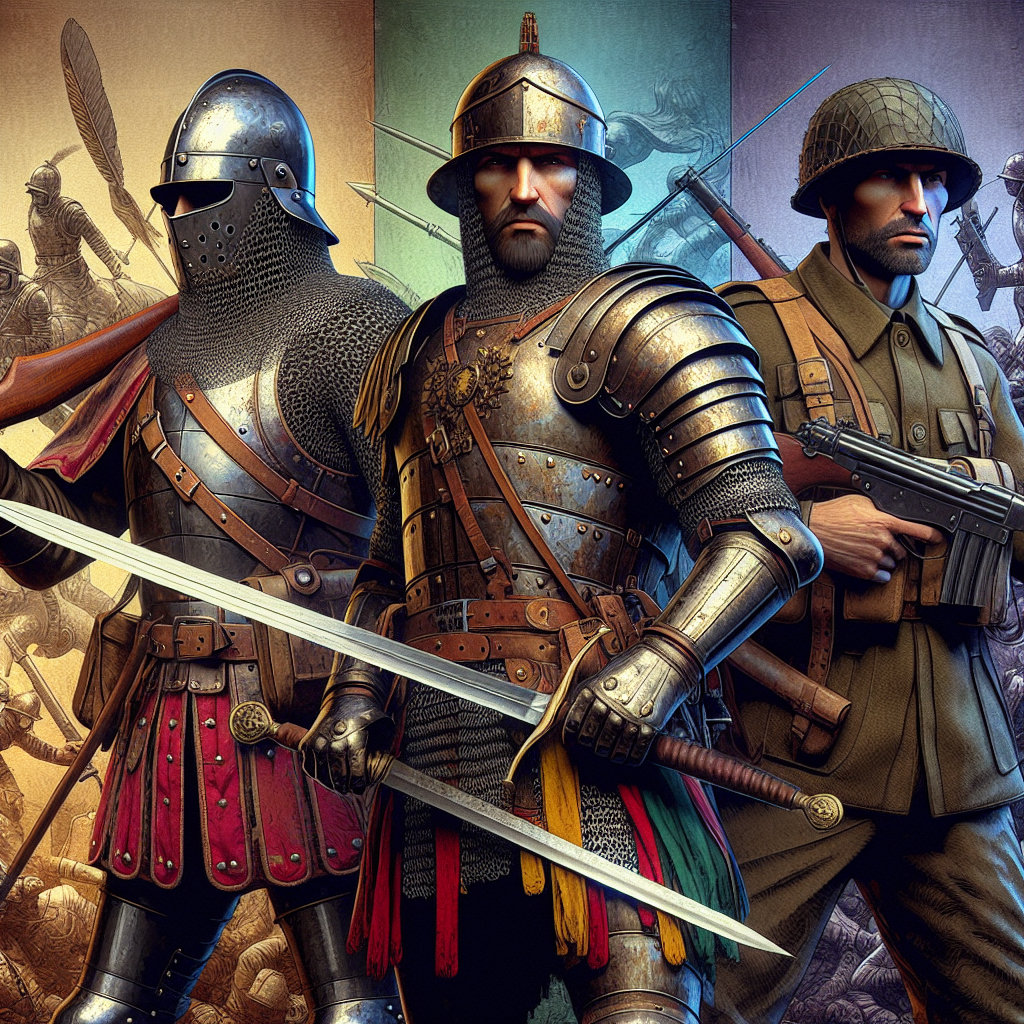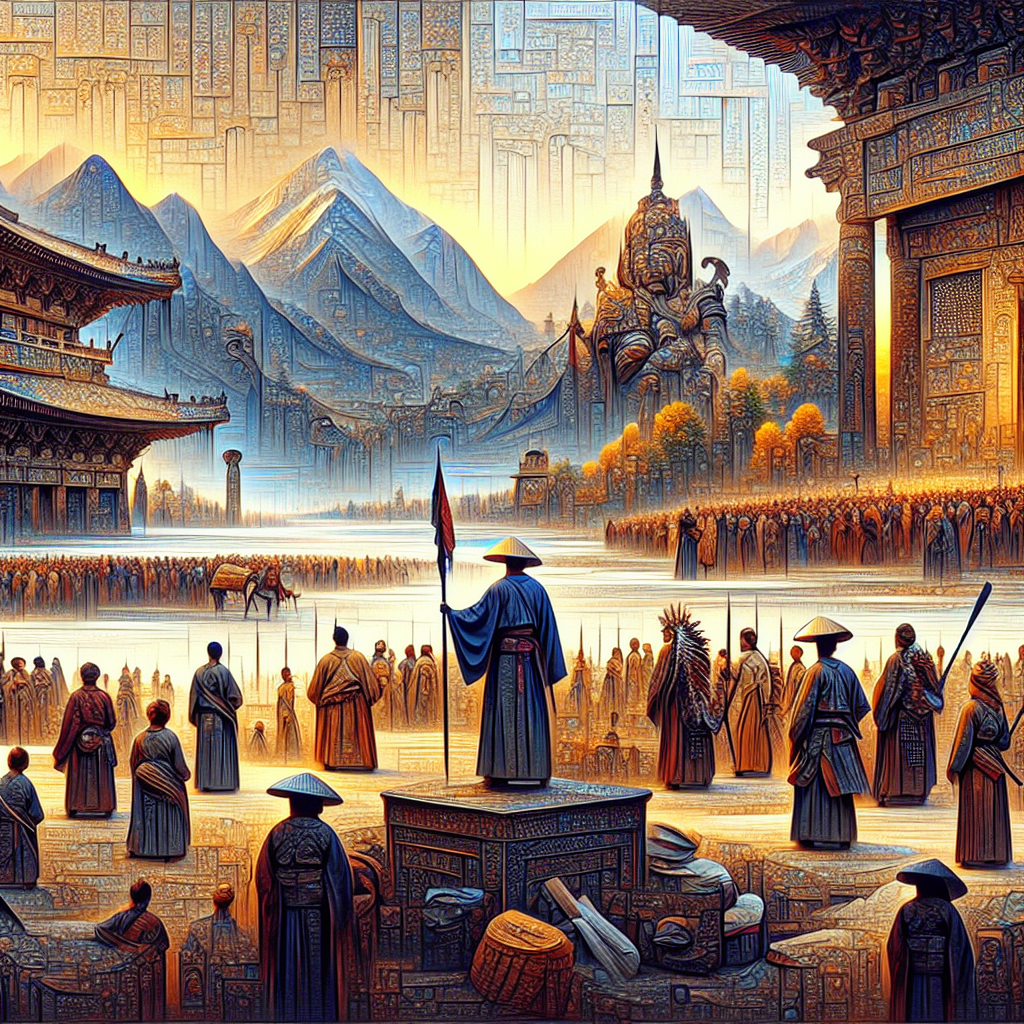Understanding history and game design can significantly influence how we create and engage with games today. Game design is not merely about graphics or mechanics; it’s about storytelling, interaction, and player experience, all of which have deep roots in our historical narratives.
The Evolution of Gameplay
Throughout history, games have evolved from simple pastimes to complex systems that reflect cultural values and societal structures. By studying ancient games such as Senet from Egypt or Go from China, designers can uncover fundamental principles of strategy and competition. These games often emphasize critical thinking and foresight, characteristics that modern games can incorporate to enhance player engagement.
Moreover, historical events have shaped the themes and narratives in games. For example, games set in World War II often emphasize teamwork and strategy, reflecting the real-life challenges faced during that period. By understanding these historical contexts, game designers can create more immersive and relatable experiences for players.
Design Principles from History
Another lesson from history and game design is the importance of rules and structure. Many ancient games had strict rules that governed gameplay, resulting in fair competition and strategic depth. Designers today can take inspiration from these historical frameworks to create balanced and engaging mechanics. For instance, the turn-based systems used in many strategy games echo the structured turns of ancient board games, providing players with time to think and plan.
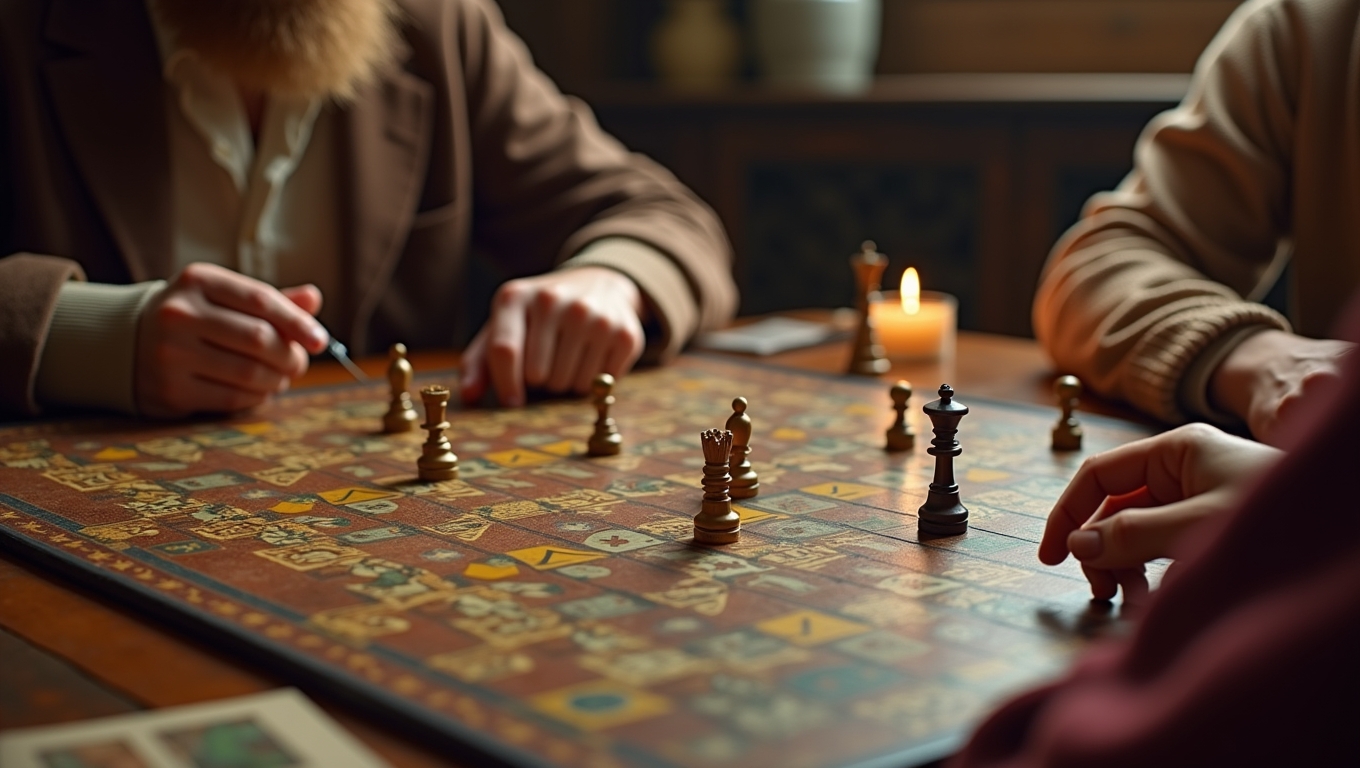
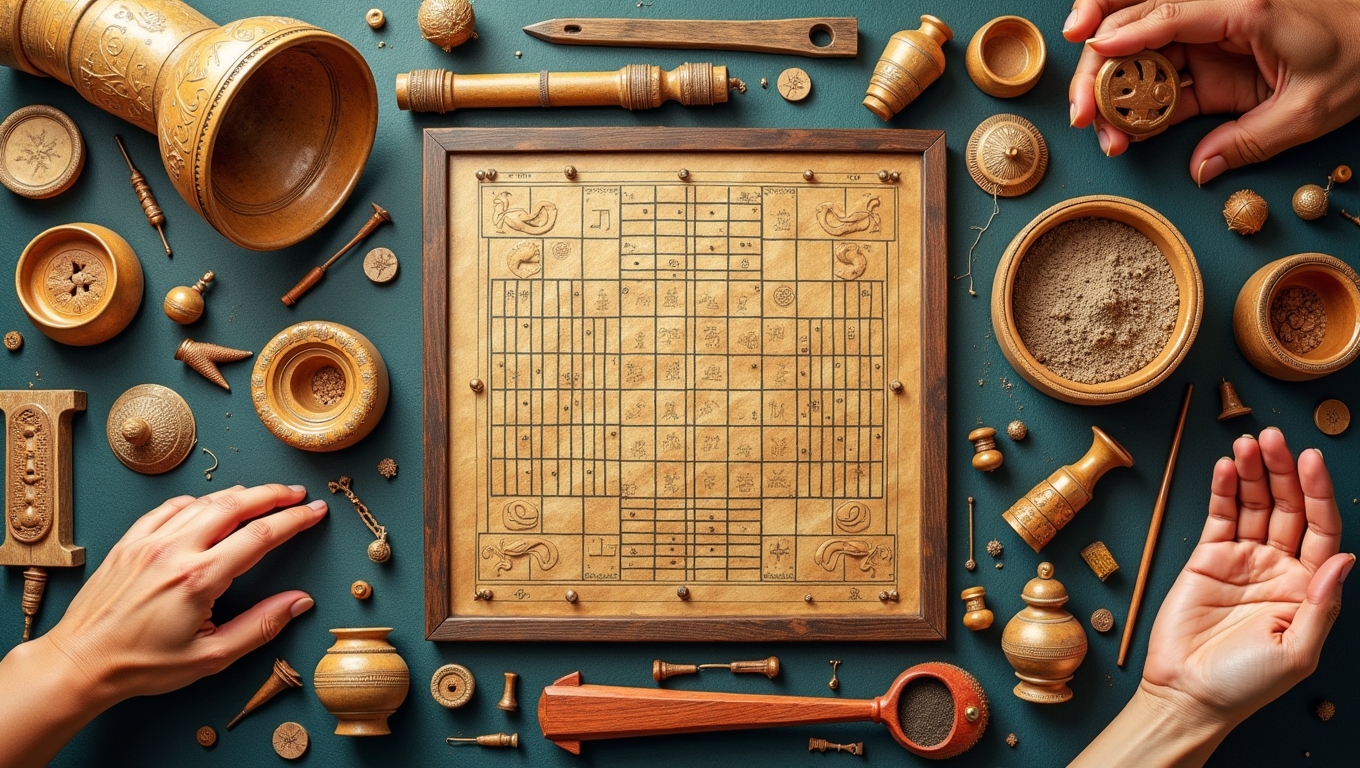
Additionally, history teaches us about the significance of player interaction. Games have always been social experiences, whether played in royal courts or village squares. Understanding how players interacted in historical settings can inform modern game design, encouraging community engagement and collaboration in multiplayer environments.
Lessons in Storytelling
Storytelling has been a vital part of human culture, and its role in history and game design cannot be overlooked. Historical narratives can inspire game plots, character development, and world-building. By integrating historical themes and characters, designers can create richer narratives that resonate with players. For example, games like Assassin’s Creed blend historical events with fictional narratives, allowing players to experience history in a unique way.
Moreover, understanding the emotional impact of historical events can help designers craft compelling stories that evoke empathy and connection. Games that engage with real historical tragedies or triumphs can provide players with meaningful experiences that extend beyond the screen.
In conclusion, the relationship between history and game design is profound. By examining historical games, principles, and storytelling methods, designers can create innovative and engaging experiences that resonate with players on multiple levels. Embracing the lessons of the past can lead to a more dynamic and immersive future in game design.
Some content and/or images on this page were created using AI.

